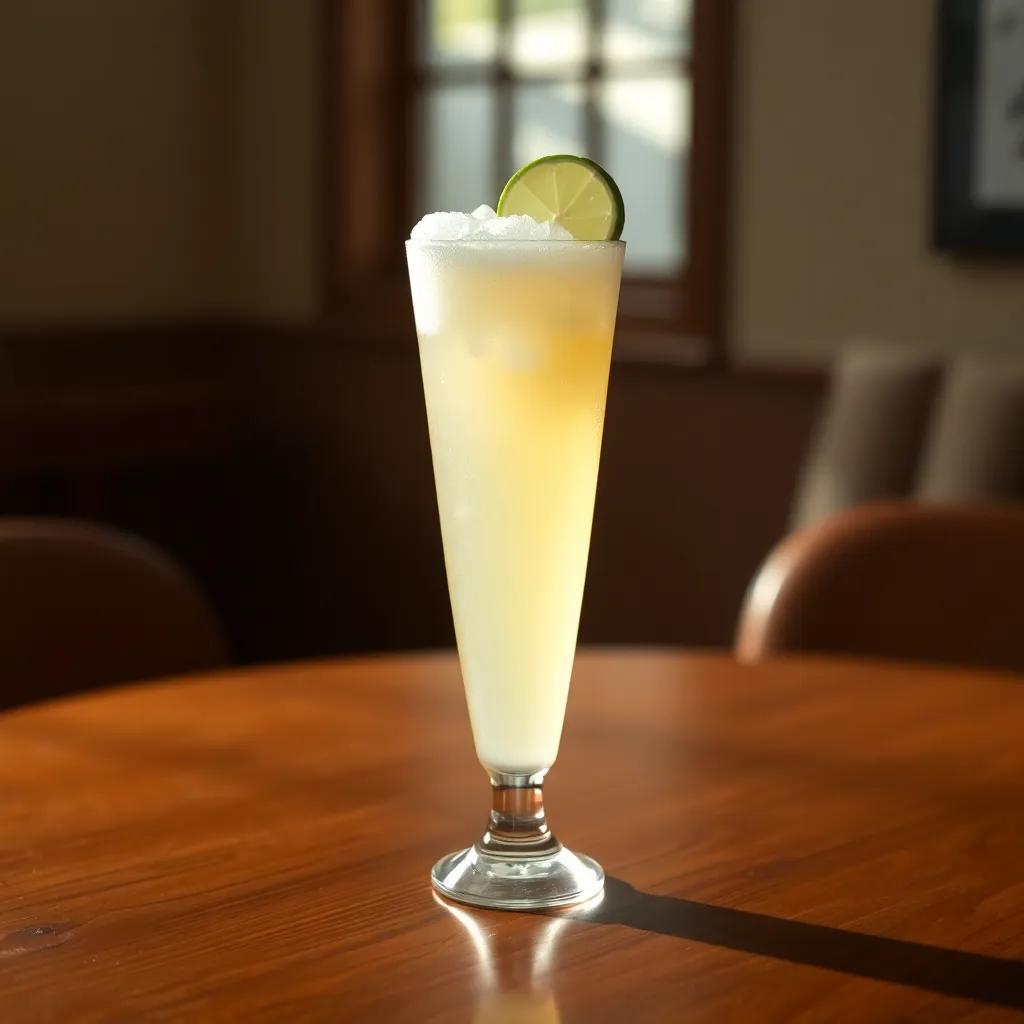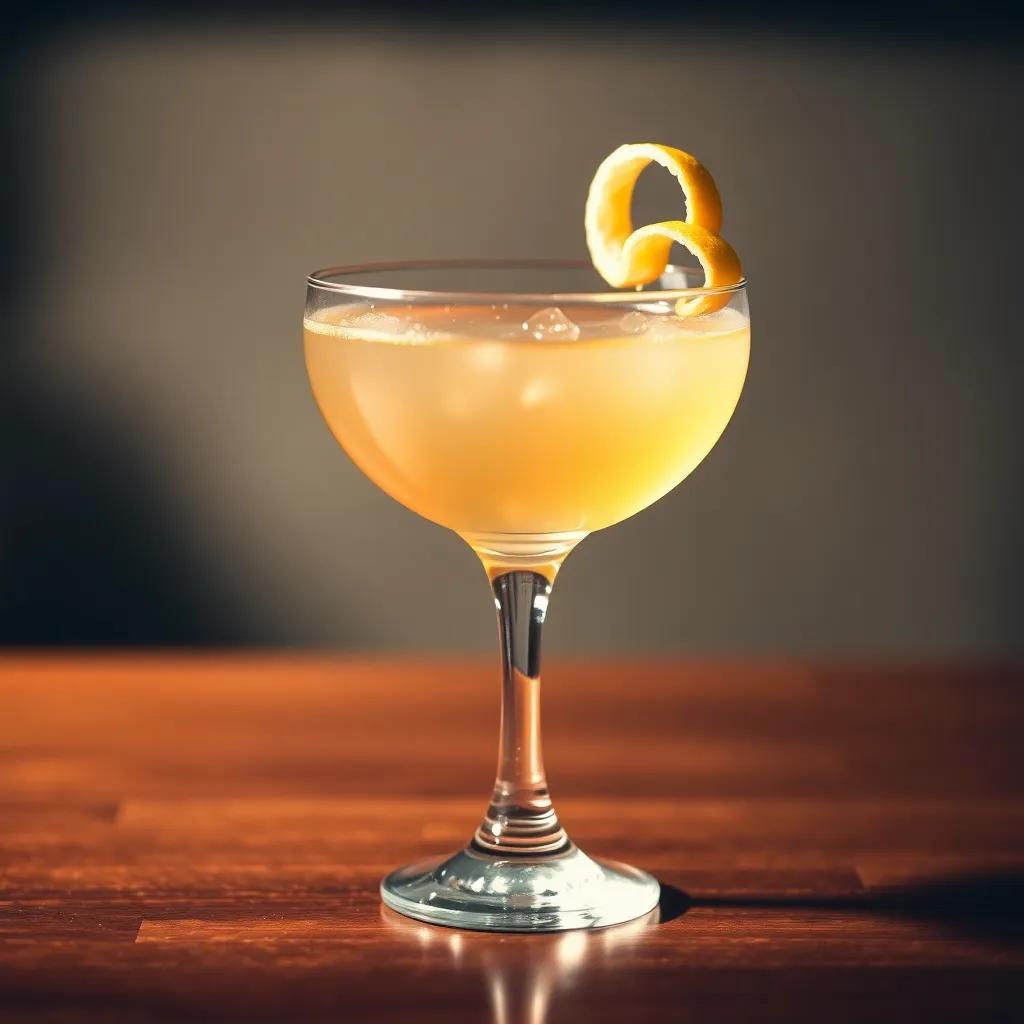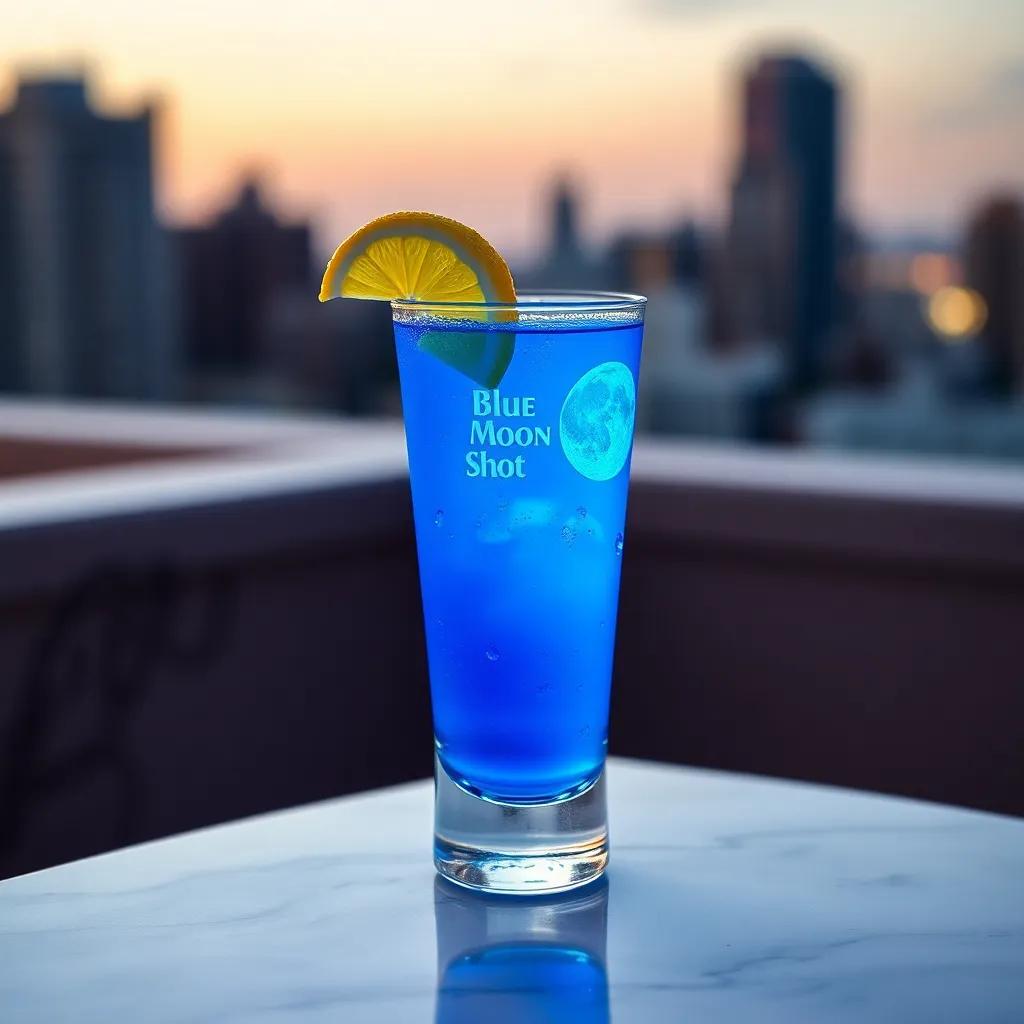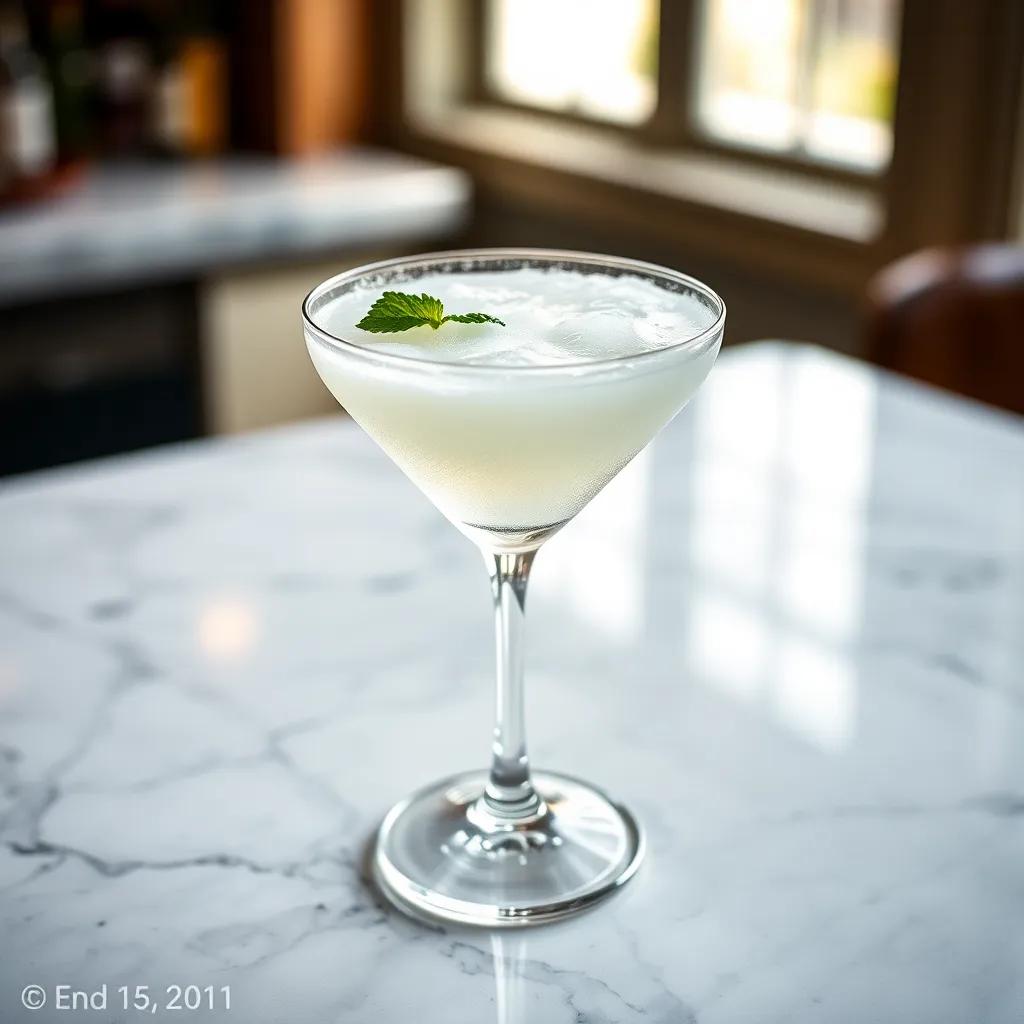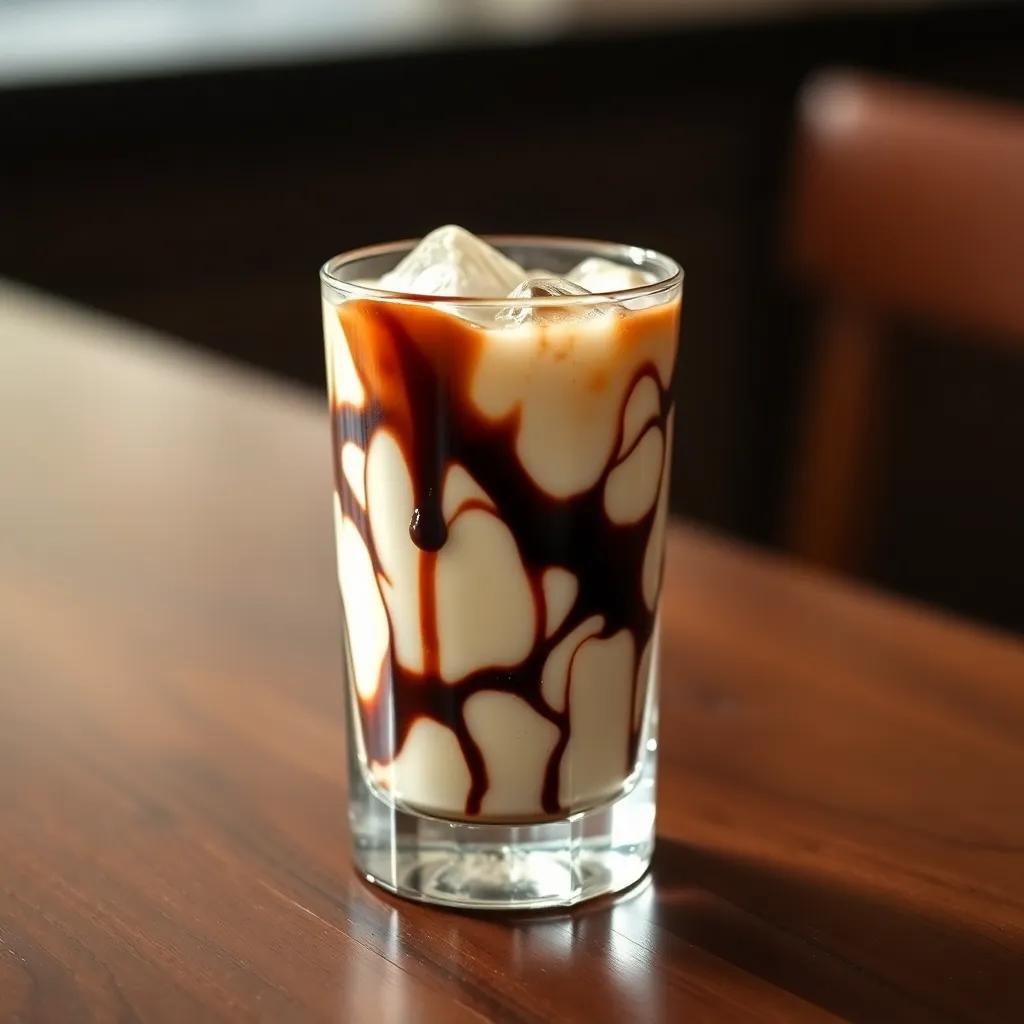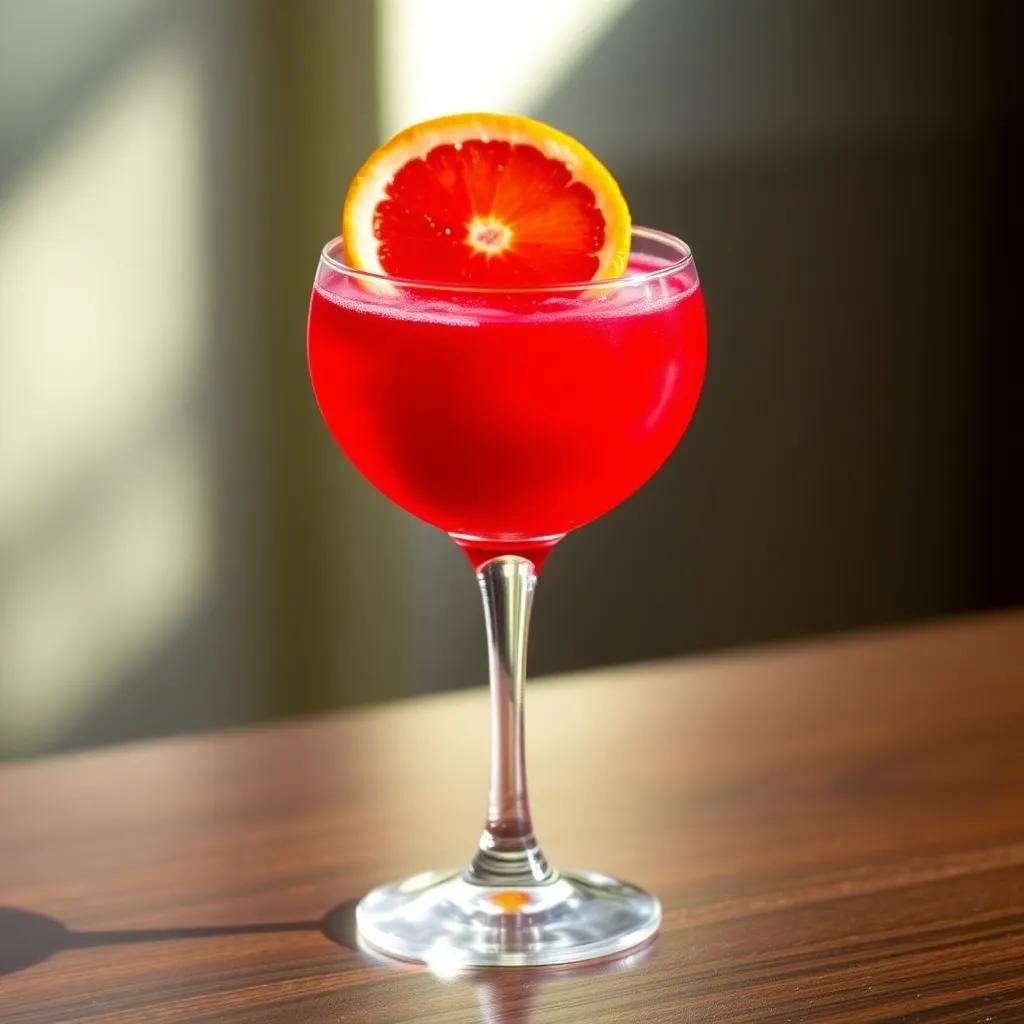
I first discovered the Widow’s Kiss cocktail at a dimly lit speakeasy bar in Brooklyn. The bartender – gruff, with a bristly mustache and a pair of suspenders – passed it to me with a wink and said, “This’ll warm you right up.” It was a wet, blustery evening, and as soon as I tasted that magical blend of apple, honey, and herbs, I believed him. Ever since, the Widow’s Kiss has been my drink of choice when the cold sets in.
The history alone makes this cocktail intriguing. Dating back to the late 1800s, it first appeared in George J. Kappeler’s “Modern American Drinks” in 1895, making it a true relic of American bartending. The name – the Widow’s Kiss – has always felt fitting: there’s something dangerous and mysterious about its blend of potent spirits and herbal liqueurs.
Strength & Profile
Note: You can tap on flavors, occasions, and feels to view more similar cocktail recipes.
So what sets this cocktail apart? For me, it’s the way it simultaneously packs a punch and wraps you in complexity. Apple brandy forms the spine, softened and layered with Bénédictine and Yellow Chartreuse. The result is rustic yet sophisticated; it’s like sipping a warm, spicy hug laced with apple and honey, with just enough herbal sharpness to keep you on your toes.
Ingredients & Glassware
- 1.5 oz (45 ml) apple brandy (Calvados is my go-to)
- 0.75 oz (22 ml) Bénédictine
- 0.75 oz (22 ml) Yellow Chartreuse
- 2 dashes Angostura bitters
- Lemon twist, for garnish
I love serving this in a freshly chilled coupe glass – it just feels timeless. If all you’ve got is a martini glass, don’t sweat it; the drink will still shine.
How to Make a Widow’s Kiss
- Fill a mixing glass with ice – don’t be shy; more ice means a colder drink.
- Pour in the apple brandy, Bénédictine, and Chartreuse.
- Dash in your Angostura bitters.
- Stir. And seriously, don’t rush this. My first try at home came out tepid because I gave it a lazy swirl. Stir for a good 30 seconds so it’s icy cold and perfectly diluted.
- Strain into your coupe.
- Run a lemon twist around the edge of the glass, express the oils over the drink, and drop it in.
Once I nailed the routine, this cocktail became a winter ritual. Over time, I’ve played around with tweaks. My favorite riff is the “Golden Widow”: swap the apple brandy for bourbon, and add a dab of honey syrup. No longer traditional, but it’s incredible when you want a richer, rounder version.
If you’re skipping alcohol, try making a non-alcoholic version: good-quality apple juice, a teaspoon of honey syrup, and a couple dashes of non-alcoholic bitters. It’s not the original, but it’s still satisfying and carries those warming, spiced notes.
In terms of pairings, Widow’s Kiss works strangely well with food. Aged cheddar or crumbly blue cheese on a board? Perfect partner. The richness of the cheese matches the herbal sweetness of the drink. I’ve even paired it with a square of dark chocolate, which seems to draw out the honey undercurrent from the Bénédictine.
A couple of final tips: always pre-chill your glass if possible, and never skip the lemon twist. The aroma matters – a lot. It transforms those first few sips and brings everything together.
I get that the Widow’s Kiss isn’t everyone’s cup of tea. It’s boozy, bold, and a little old-fashioned – refined with rough edges. But that’s what I love about it. In a world of easy-going cocktails, sometimes you want a drink with some backbone and history, a drink that insists you pay attention. One sip, and you’ll know exactly what I mean.

